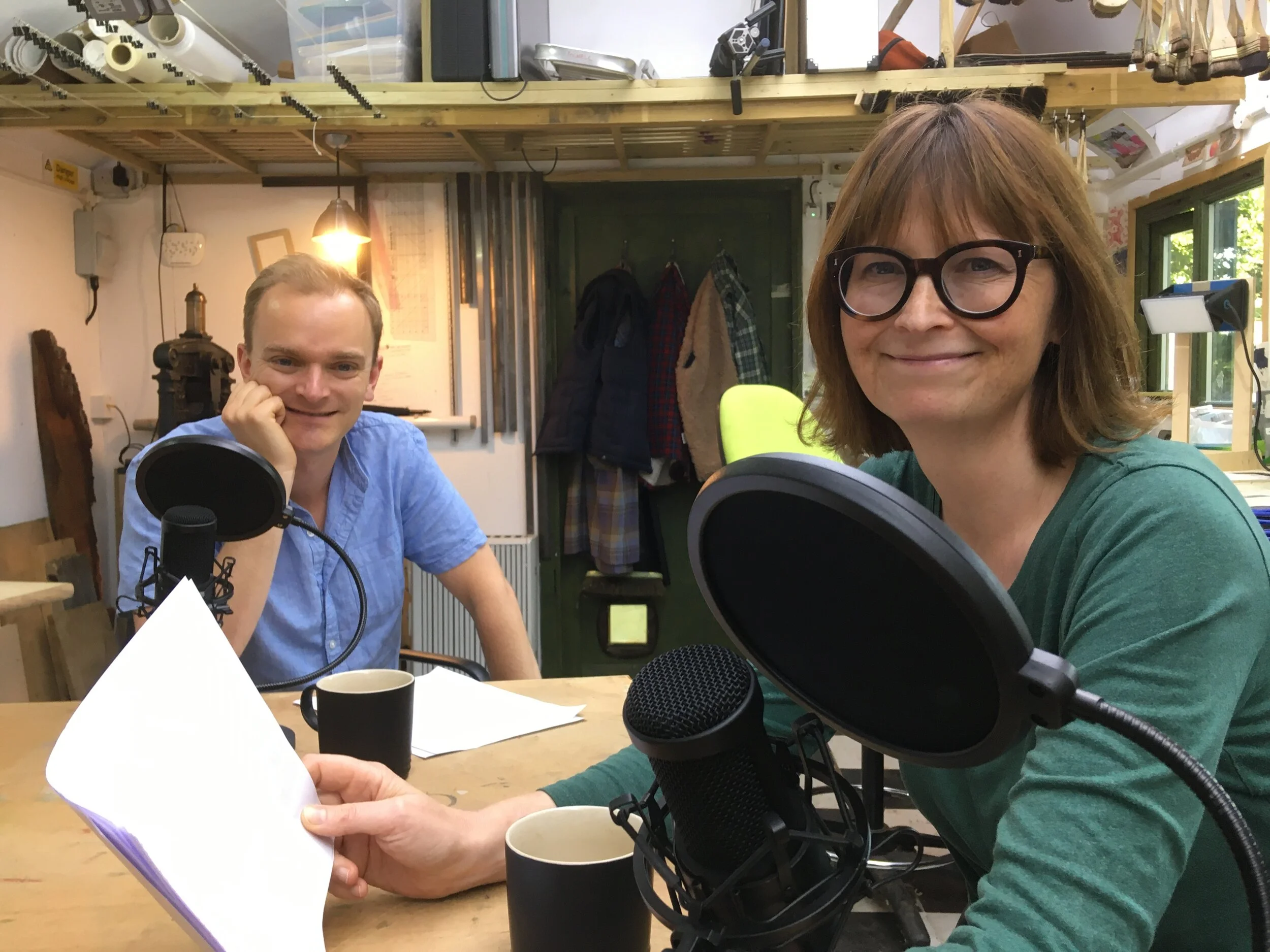Ask an Artist: Listeners Questions VII
Episode 78 : Listeners Questions VII
In another of their popular Listener Questions episodes, Laura and Peter discuss how to wrap paintings and works on paper to send them to customers, whether you should, if asked, trim your work to have a different amount of border and if you should take up art as a second career?
Show Notes
1 - What are the best ways of sending your art safely via the post?
When it comes to sending artwork by post or courier, think about using lots of layers rather than one thick layer of wrapping. It’s now possible to find economical packaging that is also better for the environment and both Laura and Peter prefer to opt for avoiding plastic where possible and reuse what packaging they can. Include a sheet of hard material for flat packaging like hardboard or thin MDF. Works on paper can be sent using a sturdy tube, but carefully wrapped to prevent any movement. In both cases try to pack with lots of layers rather than one thick layer of packaging, remember air is a good buffer and make sure the work can’t move around inside the packing.
2. What should I do about a customer asking if they can trim, crop and modify one of my prints?
Once an artwork is sold, the artist will retain copyright, but the physical object belongs to the client and is theirs to do with as they please, to trim or even cut into small pieces as they wish! Leave any trimming decisions to the client after purchase and leave the responsibility with them. If the client insists you trim work as a favour while they are there, always get the payment first and explain that the trimming is at their risk. There is a danger that trimming might change the balance of the artwork and the client may refuse to understand that until the damage is done!
3. Is it really possible for someone to become a working artist later on in life? Will the art world take your seriously?
Becoming an artist ‘later in life’ is a great idea and very common among working artists. Decide on your goals and be realistic. Being a self-employed artist is the same as running any other small business in terms of effort and hard work, much of it away from actually making art. You have an advantage in having established skill from another career and many of your skills and good working habits will be transferable. Don’t be put off by a long gap in your artistic practice: in an industry where you are judged by your work rather than your history, you should never worry about your later route into making art.
The Takeaway…
If you have a question you’d like to put to us and would be happy for us answer it here on the podcast please send it to us via our website at askanartistpodcast.com or alternatively you can send it to us via Instagram, Twitter or Facebook
This Podcast is sponsored by Michael Harding Colours. For more information about Michael’s colour range or to find a retailer near you, please visit www.michaelharding.co.uk




